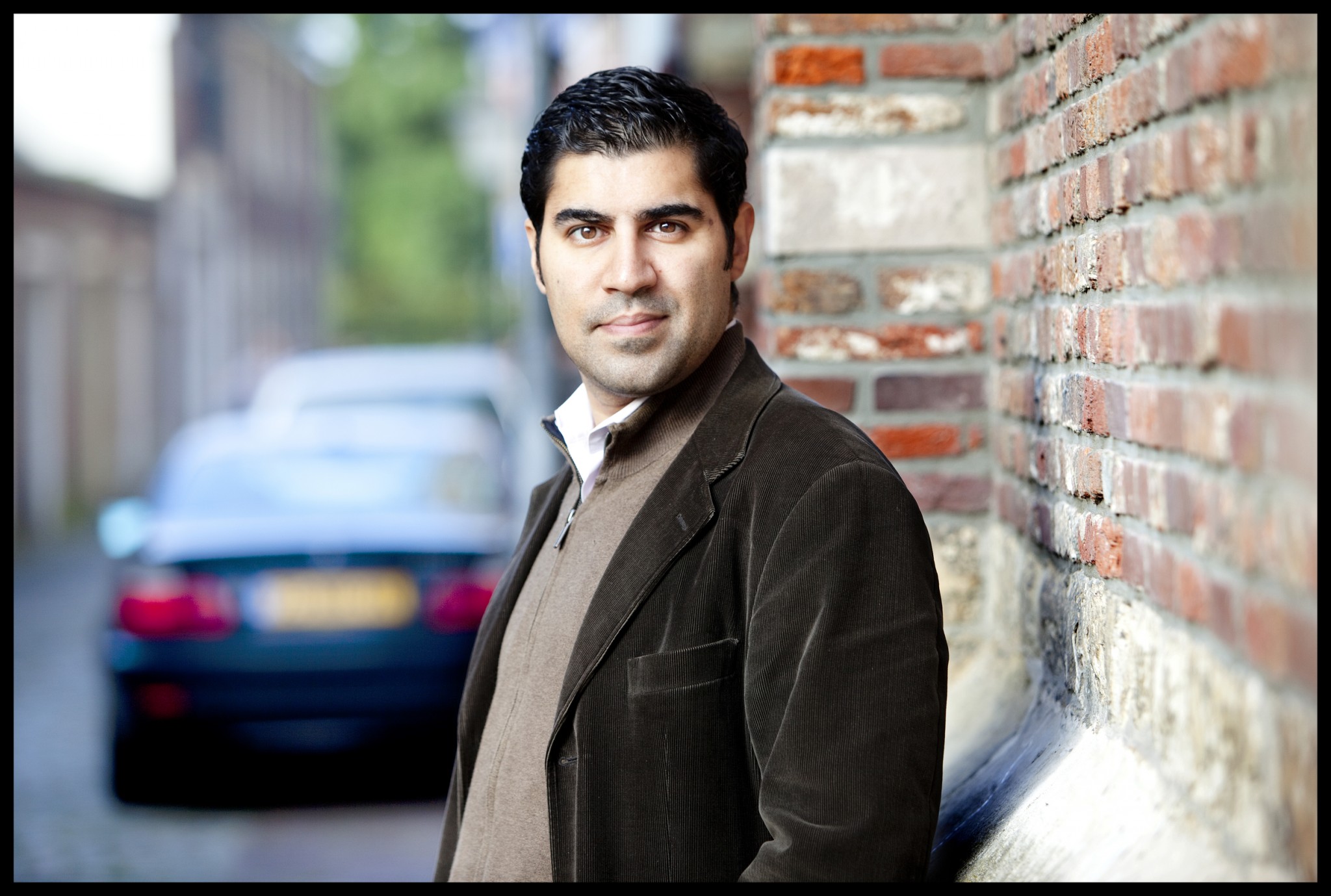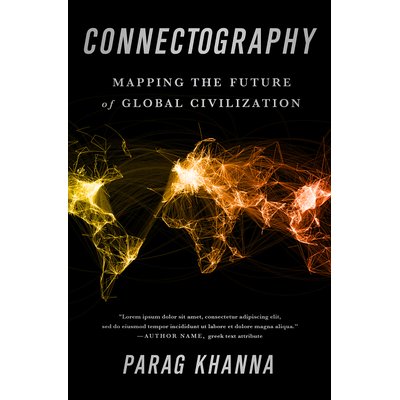For all the strife and division that peoples and countries are enduring around the world today, author Parag Khanna insists that the process of globalization is proceeding apace and that its effects are overwhelmingly positive. In his new book Connectography, Khanna claims that “connectivity, not geography,” is destiny. The ability to send goods, money, and information around the world will, he argues, drive the global economy and global culture.
And yet, “connection” still entails end points. In the age of globalization, the end points of almost any transaction are likely to be cities. And it is within cities that the local influences the global. CP&DR’s Josh Stephens caught up with Khanna at the Milken Institute Global Conference to talk about how city form – and the people who guide it – in California and elsewhere can contribute to these global connections.
What roles do cities play in global connectivity?
We’re moving towards what I call the “global, urban, network civilization.” Each of those words means something.
 |
| Parag Khanna |
It’s global in the sense that we now have very large cities in every continent of the world. It is urban: the world population is urbanizing; cities in a way supersede national economies, or they drive national economies and the international economy. The projections are that even more of the world’s population will live in cities in the coming decades. It’s a network because these cities are connected to each other, and you cannot even calculate the value of any one city without understanding the role of the flows and connections between then. They depend on each other in ways that we don’t traditionally understand countries depending on each other. And it’s a civilization because we are becoming perhaps a more connected and perhaps conscious civilization with a collective fate if you think about the ways in which shocks are amplified through the system. We share vulnerabilities and economic volatility and so forth. Cities and connectivity are the twin driving forces of this trend.
We’ve been talking about globalization about a generation or so. What does the future of globalization look like?
A lot of people use this phrase hyper-globalization. To me, it’s all additive. It’s not substitutive. One era does not displace another. Cities are our oldest social creation; then come empires and modern states. We now have layering of all those things. When it comes to globalization, we have the foundations of transportation systems, energy systems, communications systems, etc. We layer all those on top of each other, spread them around the world, and wind up with the potential to have a hyper-acceleration of globalization.
Already we see that the value of global trade and services is greater than the global trade in goods. Things get zapped rather than shipped. That is one indication of where globalization is going. It’s also a very human story. The number of migrants, the number of expatriates, the number of business travelers and tourists – that’s up to one billion people a year. It used to be that only the top 1 or 2 percent of a national population could ever afford to cross borders. In every conceivable way we are internationalizing and therefore globalizing.

Presumably some cities are going to fare better and others will fare worse in this coming era. What’s the hallmark of cities that are well positioned?
First, cities that are well positioned have sufficient infrastructure to cope with their populations. This is a big problem because we are an overcrowded planet in many geographies. Cities have not built sufficient infrastructure investment in the last 40-50 years to cope with growing populations.
Second is of course sustainability. I do say that sustainable urbanization is the number-one priority of the 21st century. We have pollution effects that wind up undercutting economic growth and human potential. In and of itself, there’s a reason to attack that problem. The network helps to solve that through the sharing of technologies and practices.
Then there’s inequality. The larger the city is, the more it contains many worlds and many cities in one. There’s very extreme inequality. You have coexisting urban forms in one geography. You have medieval stratification: industrial factory towns, financial capitalism, service economies. And there’s extreme inequality. We see protest movements already emerging against domestic and urban inequality, in Turkey, in Brazil, in India, and around the world. Occupy Wall Street. These are a signs of things to come if we don’t focus on those issues.
What about the form of cities. Is there a certain layout – be it a European form, a Chinese form, an American form, etc – that fosters global connectivity?
High-density, pedestrian-friendly cities with good public transportation systems are going to fare very well. There’s a resilience, if you will, in this whole idea of moving beyond the car. It’s a lot easier if you’re structured more like Amsterdam and less like Los Angeles. I think the European cities as a whole have an edge. And of course they’re very connected to each other through high speed rail networks, airlines, and so forth. Their economies may be weak at the moment, but that has a lot to do with structural labor market issues and demographic issues.
Generally speaking, the European form of cities is the one that we should want to emulate. None of them are too big, but they’re connected to each other such that they don’t have to be 5, 6, 7 million people to be internally resilient. They can trade so much with each other. That’s something we should be thinking about for rising or aspiring cities. What should they model themselves after? It’s not necessarily Chongching, an area of 100 million people. That’s not a dream city by any stretch. China just happens to be very big, so everything they do is bigger. But it’s not a role model for emerging societies.
Are there any particular cities that we wouldn’t necessarily think of as being precarious or promising in California or the United States generally?
I think there’s a big problem with water supply in California, so I’m not so confident that efforts around conservation are going to succeed because it’s just not in the culture. I worry that there’s not enough effort going in to technological solutions that are going to be necessary to overcome our culture, if you will. I’m a believer in high speed rail and of better public transportation. In Los Angeles you could have a lot more of it to disincentivize the automobile. Those are big interventions, but if you can accomplish them you can also do what Saskia Sassen and Jaime Lerner of Brazil call urban acupuncture. What are the release values? How do you release the pressure and stress and congestion? Los Angeles has the capacity and the money – it can do these things.
What do you advise urban planners who typically focus on minutiae but ought to be aware of the global issues?
Leverage all the technologies. Whether it’s Uber and Lyft and ridesharing, or whether it’s promoting entrepreneurship by allowing people’s (online) profiles to be visible and then to connect with people in like-minded areas. People are working more locally. Encourage telecommuting. Workplace culture is still designed around driving and parking your car and going to the office. But we have research that shows that the broadband penetration rate is high enough to justify a far higher rate of telecommuting than people presently do. Planners should leverage all the technologies that we have at our disposal rather than treating them as piecemeal things.
What metrics should planners be aware of?
There’s metrics for everything. God knows, I have a book full of statistics. So it’s hard to be terribly specific about that. I don’t like these very subjective rankings of “livable cities,” “smart cities” -- that’s nonsense.
Conducted in May, this interview has been edited and condensed.
Photo credit: Arenda Ooman.
